Families who used to love living in the Bay Area reveal why they have been forced to flee
Ken and Michele Freeze have few regrets about putting the Bay Area in the rearview mirror.
In 2019, they sold their $750,000 split-level home in Martinez, California, and bought a much larger property with a five-car garage in Meridian, Idaho, for $496,000.
Ken, 69, says homelessness in Martinez was “out of control” and local beauty spots were “littered with needles.”
“People didn’t want to take their families there,” he said The Mercury News.
The Freezes are far from alone.
New polling shows that nearly half of Bay Area residents are struggling with rising housing costs and a range of quality-of-life issues, and are looking to leave in the coming years.
Ken Freeze, 69, and Michele Freeze, 68, were lured away by the rural expanse of Idaho.
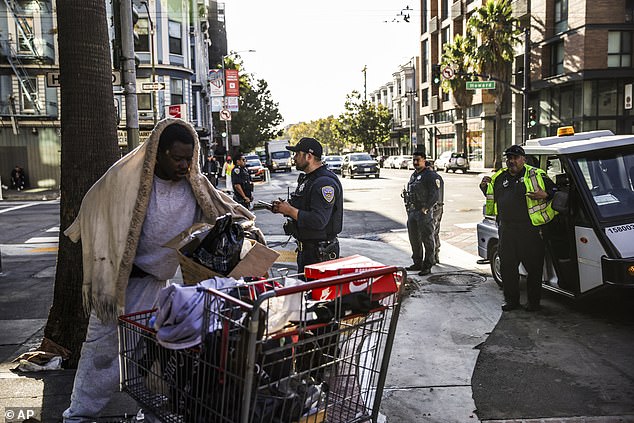
Those fleeing the Bay Area say crime, homelessness and rising housing costs are driving them away.
The questionnaireby the Bay Area News Group and Joint Venture Silicon Valley, revealed that 47 percent of residents want to leave the five-county metro area.
Pollster Russell Hancock said the results revealed the “complicated feelings” residents have about a once-desirable area that he said was at a “tipping point”.
The Bay Area has long been plagued by vagrancy, drugs, crime and other social problems, which critics say are exacerbated by liberal-leaning politicians’ failure to crack the whip.
Housing and crime concerns dominate San Francisco’s mayoral race, with London Breed, who has led the city since 2018, facing stiff opposition from four major opponents.
Critics say the city is trapped in a doomsday scenario characterized by street homelessness and open-air drug markets.
Downtown’s recovery from the pandemic has been slow, with many empty storefronts and little traffic on the streets.
Yet house prices in the Bay Area rose 6 percent in the year to June, with the average house price reaching an eye-watering $1.4 million.
For many home buyers this is unattainable.
The increase is believed to reflect the gains of Bay Area tech workers, fueled by the rising value of stocks in their sector.
Rising real estate prices were the main reason that drove out former San Bruno tenants Jason Troutman, 45, and Grace Xu, 37, who once planned to make an offer on a tiny house in Half Moon Bay.
“Ultimately, we couldn’t continue paying $1 million for a tiny one-bedroom house,” they said.
Instead, they opted for a quirky $695,000 home with a pool, palm trees and mountain views in the Ahwatukee neighborhood on Phoenix’s south side.
“You can’t get any of that in California anymore unless you’re Elon Musk,” says Troutman, who works remotely.
Their mortgage costs less than their $2,600 monthly rent in San Bruno, and they finally have room for the cat and dog they’ve been wanting.
Still, Troutman says they miss the Bay Area’s natural beauty, its food scene and their family connections there.
“It wasn’t necessarily that we wanted to leave the Bay Area,” he told The Mercury News. “But it made perfect sense.”
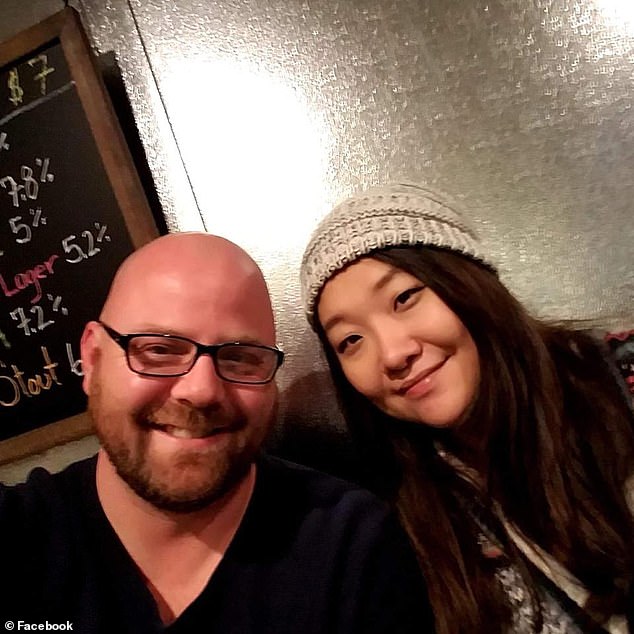
Jared Troutman, 45, and Grace Xu, 37, didn’t want to spend $1 million on a single bed.

Mary Ezell-Wallace, 73, and Samuel Wallace Jr., 83, traded Oakland for El Dorado, Arkansas.
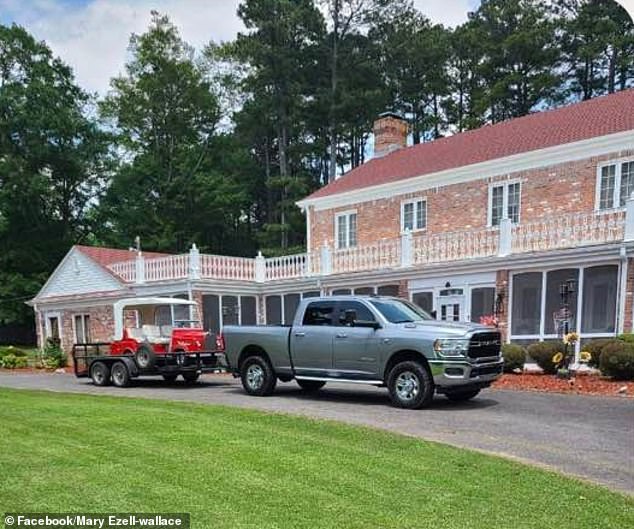
Mary Ezell-Wallace and her husband moved to El Dorado, Arkansas. They left their four-bedroom, three-bathroom home that they originally bought in 2006 for $106,000 and bought a beautiful 5,500-square-foot home for $400,000 that they affectionately call “Wallace Estate” in Facebook posts.

The sight of homeless people struggling with fentanyl addiction on the streets of the Bay Area has become all too common for some long-term residents.
While millions of Bay Area residents are hesitant about the cost of housing, the number of pThe number of people who want to move is nevertheless decreasing, the poll shows.
Last year, 52 percent said they were looking for an exit; in 2022 it was 56 percent.
The survey of 1,773 residents found that roughly four-fifths also complained about house prices, while similar figures said the number of unhoused homeless people was a major problem.
Locals also expressed concerns about the cost of insurance and the growing influence of big tech companies in Silicon Valley.
Former Oakland residents Mary Ezell-Wallace, 73, and Samuel Wallace Jr., 83, are among those who voted with their feet.
In 2006, they purchased a large two-story brick house in El Dorado, Arkansas, where Mary had grown up.
Mary told The Mercury News that she always thought “Oakland was one of the best places there was” and enjoyed the convenience of local stores where they could “get everything we wanted really quickly.”
But in the early 2000s, the increasingly run-down area “started to feel like a Third World country,” she said.
“I didn’t want to wait until things got worse than they already were.”
They sold their four-bedroom, three-bathroom home in the hills above East Oakland for $575,000, and bought a 5,500-square-foot house in El Dorado, Arkansas, where Mary grew up, for $400,000.
“Living in Oakland was stressful every day and night,” she said. “It’s so much better here.”
Likewise, longtime San Jose residents Susan and Dan Hyland, both 47, are another couple who have joined the exodus from the Bay Area.
They wanted to leave their home in the Willow Glen neighborhood in 2018 because they were looking for better schools for their sons — a fifth-grader and a high school sophomore.
They rented a 1,200-square-foot house and bought a $1.1 million, 4,200-square-foot home in Granite Bay, California
“I was rooted in Willow Glen,” Susan told The Mercury News.
“It felt very scary for us to leave, but once we found a community and environment like where we are now, we never looked back.”
Since they moved, Susan’s mother also sold it and joined them. Susan now works as an executive assistant at a venture capital firm.
“So many people are afraid to take that step because of their community, but it really is possible to find happiness outside of a place that seems so special and irreplaceable,” she said.

Dan and Susan Hyland, both 47, and their two sons moved to the mountains of California.
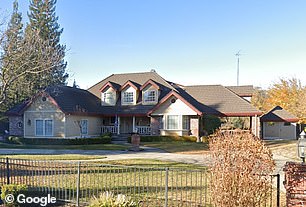
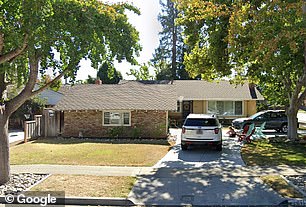
The Hylands decided to move east into the California mountains.
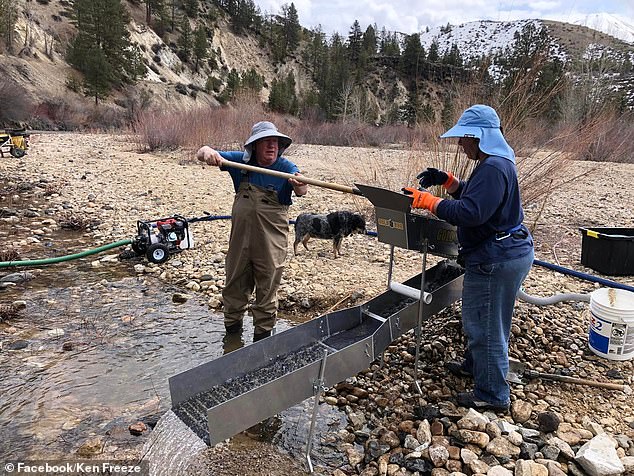
The Freezes now spend their weekends in Idaho prospecting for gold deposits in the nearby riverbeds, hunting for artifacts with metal detectors and spending time in their woodturning shop built in the garage.
Those fleeing the Bay Area almost unanimously say they have benefited from being able to upgrade the homes they live in.
Some say they appreciate the change in the pace of life and are putting California’s social problems in the rearview mirror.
But leaving the Bay Area doesn’t always solve all the problems, says Ken Freeze.
They are enjoying their new life in Idaho: Michele installed a woodturning studio in their five-car garage; Ken collects coins and is involved in a local history group. They spent several weekends in the mountains this summer with a gold prospecting club.
Yet they now say California’s problems with traffic, urban sprawl and overpopulation have followed them into Idaho, which is growing rapidly.
“In the short time we’ve been here, areas that were just open fields when we moved here are now apartment complexes and buildings,” Ken said.
‘I would like to see them pull back the reins a bit and let the infrastructure take a breather.’
Survey respondents lived in Alameda, Contra Costa, San Francisco, San Mateo and Santa Clara counties.
